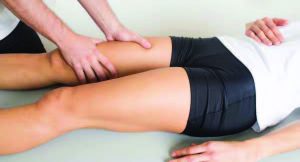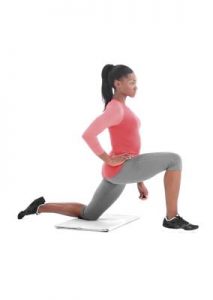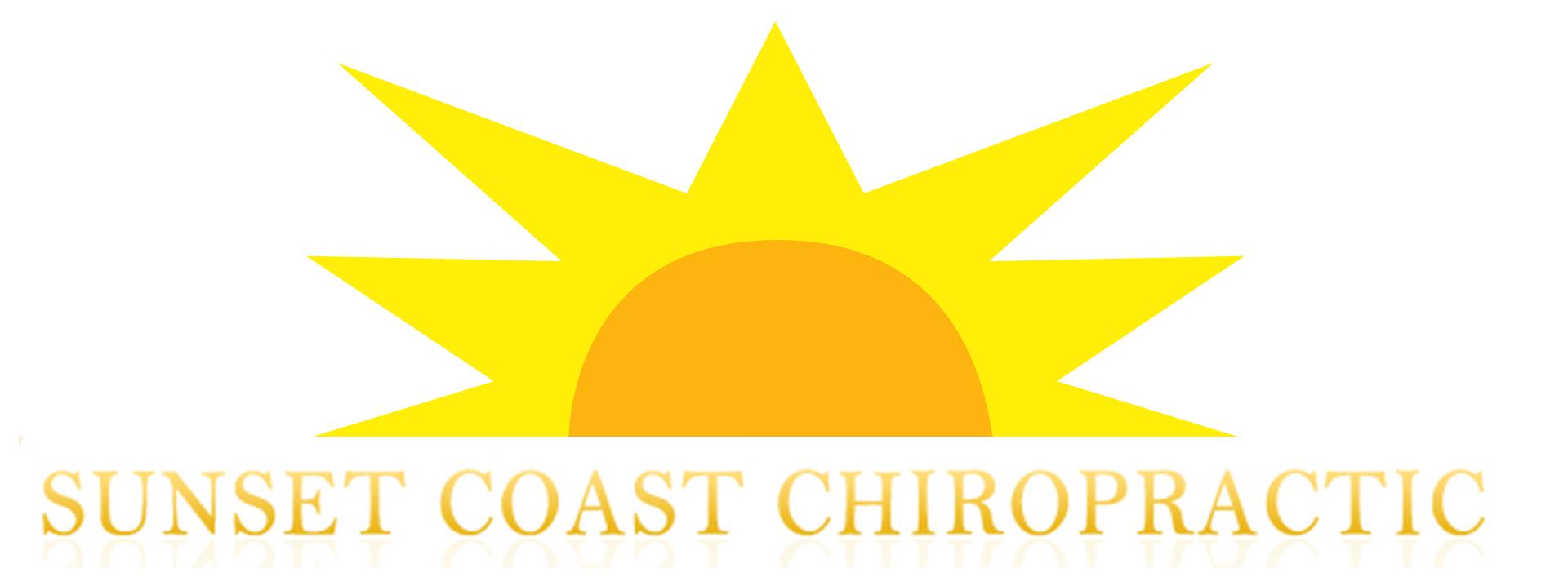The adductor muscle and tendon run along the inner thigh. An adductor strain (also known as a groin strain) is a common problem among many individuals who are physically active, especially in competitive sports. However, a groin strain can occur in non-athletes while performing day-today activities.
Adductor injuries occur most commonly when there is a forced push-off to the side. High forces are generated in the adductor (groin) tendons while people are attempting to shift direction suddenly into the opposite direction. As a result, the adductor (groin) muscles contract rapidly which frequently leads to an injury.
Adductor/groin strains range from Grade 1 to Grade 3 and are classified as follows:

- Grade 1: a small number of muscle fibres are torn resulting in some pain but allowing full function
- Grade 2: a significant number of muscle fibres are torn with moderate loss of function
- Grade 3: all muscle fibres are ruptured, resulting in major loss of function
The majority of adductor/groin strains are Grade 2, although patients that are less physically fit can sustain a Grade 3 injury from a seemingly minor activity.
A current literature review indicates that those who have sustained a previous adductor (groin) injury are at the greatest risk for future injuries of this type. Of the eleven risk factors cited in this study, patients of older age and weak adductor (groin) muscles were the next most frequent predisposing factors after previous injury (British Journal of Sports Medicine).
Among the list of contributing factors to the development of an adductor strain are:
- Poor flexibility
- Poor biomechanics
- Poor posture
- Low back stiffness
- Pelvic instability
As these are all clinical conditions that are regularly assessed and managed effectively by chiropractors, most professional teams and athletes employ chiropractic consultants as part of their specialist injury management team.
Adductor (groin) strains are a relatively common injury in both the athletic and non-athletic patient populations. Most chiropractors regularly see these injuries in clinical practice.
Anyone who complains of inner thigh or groin pain should make the chiropractor their first call. Advanced knowledge and expertise in assessing posture, flexibility and skeletal movement patterns makes your chiropractor the perfect choice for the initial evaluation of this injury.
Towards Wellness: Outdoor Gym Workout
Mother Nature provides lots of handy gym equipment without the hefty joining fee or year-long contract. Trees, open spaces, and branches can all act as an excellent natural keep-fit kit. Try doing push-ups against the trunk of a sturdy tree or tricep dips on a tree stump. Also, look out for free adult playgrounds – those things with brightly coloured pull-up bars, treadmills, and hand bikes too big for kids.
S-T-R-E-T-C-H of the Month: Standing Lunge Stretch
- Stand in a split stance with your right front forward and your left foot straight back.
- Bend your right knee so that it is at about a 90-degree angle.
- Place your hands on your forward knee. Keep your shoulders relaxed, your hips even, your chest open, and look straight
- Press down with your hands and drive the hips forward until you feel a stretch from the front of your hip, groin, and thigh on your left side.
- Hold the stretch for about 20 to 30 seconds.
- Release and repeat on the other leg.

